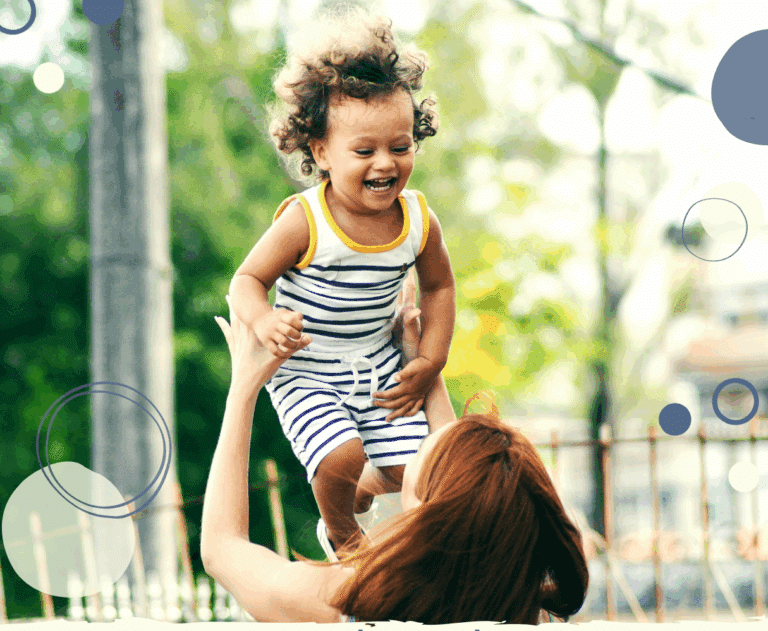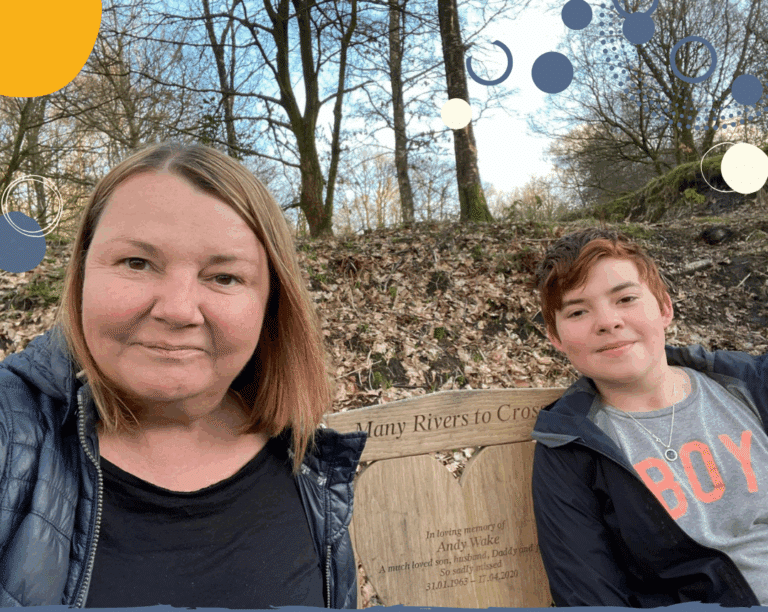Balancing safety and independence in children’s lives
When it comes to balancing safety and independence in children’s lives, we live in an era when risk-averse parenting is the norm. Children now spend more time being supervised by adults, more time inside their homes, less time in independent free play and are not allowed outside unaccompanied until a much later age.
In some ways, this is a good thing. There are more cars on the roads today, for example, so ‘playing out’ is a riskier activity for children. However, this reduction in risk comes at a cost – and with children spending so much time online, home is not necessarily the safe sanctuary we imagine.
The Covid pandemic has brought this question of balancing safety and independence into sharp relief. The social distancing measures taken to protect people from Covid were unprecedented. Many of us (children included) have become more alert to risk and more anxious post-lockdowns. But, equally, the harm that was done by such extreme protection – to children’s education, development and mental health, for example – has also come into focus.
As a parent, balancing safety and risk in children’s lives is not easy. One of the most frequent questions I am asked in my seminars and webinars is “What is the right age for my child to do X?” And there is seldom a simple correct answer. Children mature at different rates and the risks in your neighbourhood will be very different from mine. Erring too far on the side of safety or too far on the side of independence both carry potential harms.
Why independence really matters
Children need a wide variety of experiences in order to build their skills, intelligence and resilience. Modern risk-averse parenting tends to narrow children’s experiences. Keeping children safe in the modern world often equates to keeping them indoors and sedentary. Children’s roaming areas (the places they are allowed to be without adult supervision) have shrunk to within the walls of their home.
Yet becoming resilient and learning to believe in yourself requires taking risks during childhood. This might be a risk in play, where children are safe but right at the edge of their competence. Like that moment when your little one is trying to climb the ladder to the slide by themselves and you’re there, hovering, to help in case they slip (but you’re letting them do it for themselves). Or it might be learning to do something without a parent there at all, like going to the park with your friends or staying home alone.
Taking risks during childhood is important because that’s how children extend their skills, rise to challenges and get that sense of mastery and competence. Whenever possible, it’s a great idea to let children try. By stepping back and letting children do something independently, we help build children’s self-esteem by sending the signal “I believe in you. You’ve got this”.
What keeps children safe?
Many people believe that it is adults that keep children safe. Our laws, our firewalls, our supervision, our decision-making. But although this is undoubtedly true to a certain extent, children also have a role to play in keeping themselves safe. The older they are, the more this applies.
The stark fact is that supervision will never be a 100% safety net. Children also need the skills and knowledge to keep themselves safe. They need to know about dangers before they encounter them so that they can recognise risks and respond to them. Balancing safety and independence involves equipping children with the tools and understanding to keep themselves safe.
Simple age appropriate rules are essential here. Such as:
- never getting into a vehicle with a stranger
- not giving out personal information online
- who counts as a safe adult if you’re lost, and
- that the parts of your body covered by your underwear are private (see the NSPCC underwear rule).
Sometimes communicating these rules involves having difficult conversations with children. Many parents worry about frightening children unnecessarily. Try to keep safety discussions age appropriate by using concrete vocabulary and examples that relate to your child’s own terms of reference. And always answer their questions, even if you find them awkward.
A strong connection with a trusted adult is also an important protective factor in keeping children safe – someone they can confide in if there is anything wrong. Being that safe adult means learning to listen and respond calmly when your child wants to talk and not jumping off the deep end when they tell you they’ve made a mistake. The main reason children give for not telling their parents about something difficult that’s going on in their lives is fear that their Mum or Dad will get upset or overreact.
Introducing new freedoms
This doesn’t mean that we just let children do whatever they want. Introducing new freedoms is best done in small managed steps. For example, if your child will be heading to secondary school next year, start planning ways to increase their independence and introduce new freedoms and responsibilities now. If they have never travelled independently to school before, start teaching them how to do that safely. Talk through with them any worries you might have and agree risk mitigations (such as always crossing the road at the traffic lights) and what to do if something goes wrong (such as the bus being late or cancelled). Do a walk-through of the journey together. Then have a trial run of them doing the journey with a different adult, showing them the necessary steps. Then with a friend.
Increase children’s independence slowly and pause (or withdraw a new freedom) for any rule-breaking. Taking small steps not only helps you ascertain whether your child is ready for that next step, it also helps anxious children and teens to learn to feel safe in manageable chunks.
Managing our own fears
Parenting can be deeply uncomfortable. From hovering over a newborn to check they are still breathing to the pervasive worry of wondering where your teenager is (and what they are doing), parenting and fretting go hand in hand. Everything a child does involves risk – the toddler on a slide, the tween playing sport, the teenager walking home from school. We are not in control of every variable.
Balancing safety and independence in children’s lives is an act of judgement. It won’t help you to make good decisions if you are also factoring in what other people will think of your decisions.
Being afraid that things might go wrong won’t make them go right. So, if you catch yourself worrying a lot, go back to the evidence. Is this a real worry or a hypothetical worry? If it’s real, are there reasonable measures you could put in place that would reduce the risk? Would these risk mitigations be more detrimental than the actual size of the risk? Think it through, make a decision. If the worry keeps coming back, use Worry Time to manage those anxious thoughts or investigate online cognitive behavioural therapy (CBT) to help you manage those worries.
Want more help balancing safety and independence? Or not sure how to approach certain topics? You might find these articles helpful:







